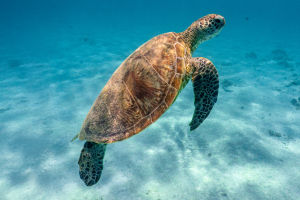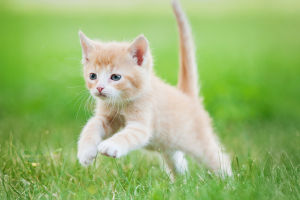Hi Lykkers! Climate change is no longer a distant worry—it's here, and it's reshaping the world around us. While we often hear about rising seas and extreme weather, animals are feeling these shifts too.
Species across the globe are being forced to adapt to a world that's changing faster than ever before.
In this guide, we'll explore how climate change is impacting animal species, the challenges they face in adapting, and the smart, hopeful ways conservationists are stepping in to help. Whether you're a wildlife fan, a student of the planet, or just curious about how climate connects to creatures big and small, you'll find plenty to discover and share.
Part 1: How Climate Change Challenges Animal Survival
Let's start with what's happening on the ground—and in the water, sky, and forests—as temperatures rise and weather patterns shift.
Changing Habitats and Migration Patterns
Many animals rely on specific habitats for food, shelter, and reproduction. But as temperatures rise and seasons shift, these habitats are changing—or disappearing altogether. Coral reefs are bleaching, sea ice is melting, and forests are drying out.
This pushes animals to move. Birds fly earlier or farther. Fish swim toward cooler waters. But not all animals can relocate, and some places are simply vanishing. When habitats shrink or shift too quickly, animals may struggle to survive.
Food and Breeding Mismatches
Timing is everything in nature. Some animals breed at the exact moment when food is most plentiful. But climate change is throwing off those natural calendars.
Imagine a bird laying its eggs expecting a certain caterpillar boom—but the caterpillars now appear two weeks earlier because of warmer springs. The chicks hatch to an empty buffet, and survival rates drop.
These mismatches are happening more and more, and they can ripple across entire ecosystems.
Extreme Weather and Natural Disasters
Fires, floods, storms, and droughts are becoming more frequent—and more intense. Animals can't always outrun these events, especially when they happen back-to-back or in unexpected places.
Species that already have small populations or limited ranges are especially vulnerable. A single event can wipe out an entire group. And rebuilding after repeated disasters becomes almost impossible without help.
Part 2: Conservation Solutions and How You Can Help
Now for the good news—many people and organizations are working hard to help animals face this new reality. And you can be part of it too.
Helping Species Move or Adapt
Conservationists are building wildlife corridors—safe paths that let animals move between habitats without crossing dangerous roads or human developments. These corridors help animals find new homes as their old ones disappear.
In some cases, scientists are even "assisting migration"—moving species to new, suitable habitats when they can't get there on their own. It's a careful process, but it can give certain animals a real chance to survive.
Restoring and Protecting Key Habitats
Protecting and restoring ecosystems gives animals more space and resilience. Wetlands, forests, and coral reefs act as natural buffers and strongholds during climate stress.
You can support this by donating to or volunteering with groups that plant native trees, clean up coasts, or restore damaged environments. Every healthy habitat creates more room for wildlife to adapt.
Cutting Emissions and Reducing Pressure
While long-term change requires big action, your daily choices still matter. Using less energy, avoiding wasteful packaging, and choosing sustainable products all help reduce stress on natural systems.
Support leaders and policies that take climate action seriously. And talk about these issues—not just in scary terms, but in ways that inspire hope and responsibility. The more people care, the more pressure there is to protect what matters.
Educate, Share, and Stay Involved
Sometimes, the best way to help is simply to raise awareness. Tell your friends about the connection between climate and wildlife. Follow conservation stories, share them online, and celebrate the victories.
Even something as simple as planting native flowers or reducing lawn space can create mini-habitats for local wildlife feeling the effects of change.
So Lykkers, climate change is a global challenge—but its impact on animals is deeply personal. From frogs in mountain streams to whales in warming seas, wildlife is doing its best to keep up. But they can't do it alone. Through smart conservation, community support, and everyday choices, we can help give species the tools to adapt and thrive. Nature has always been resilient—let's do our part to keep it that way.


